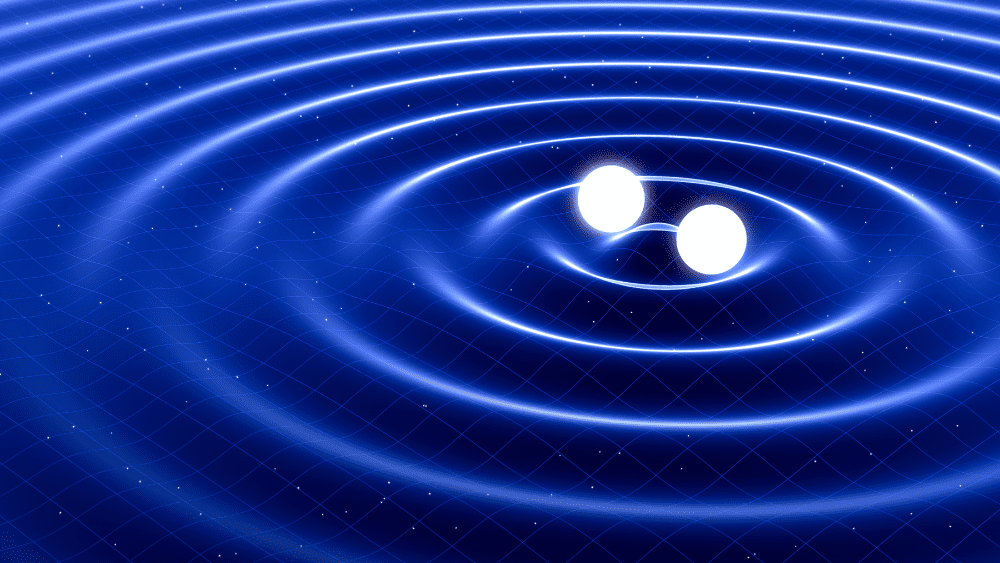
Gravitational Waves
Hi, I’m Rachel, the Astronomer here at the Space Centre.
Up until the first confirmed gravitational wave (GW) direct detection by LIGO/Virgo in 2015, researchers have relied almost exclusively on electromagnetic (EM) radiation (i.e. light) to study our universe. These ‘messengers’ carry different but complementary information, pioneering the growing field of multi-messenger astronomy. Much like how your ear’s ability to hear is unrelated to your eye’s ability to see, gravitational waves are distinct from EM radiation, as distinct as apples are from oranges. We can think of detectors like LIGO/Virgo as ‘ears’ that listen to gravity waves (or ‘sound waves’) as they ripple through the fabric of spacetime (or ‘air’).
Although we can generate GWs on Earth, the most powerful and detectable signals are produced when massive objects move at high speeds – like supernovae, black hole mergers, and colliding neutron stars. These processes are cataclysmic events, but by the time these high-energy waves reach Earth, they are many billions of times smaller. For instance, the first GW signal rippled spacetime by 1/1000th the size of an atomic nucleus! Gravitational wave observatories, like LIGO (Laser Interferometer Gravitational-wave Observatory), listen to our universe for these signals, while being blind to EM radiation.
Light still plays an important role in GW detection in the form of lasers (interferometry), even though we are listening for waves of gravity, and not waves of EM radiation. Let’s use the world’s largest GW observatory, LIGO, as an example. With two (perpendicular) arms each stretching 4 km, they use laser light to determine changes in the length of these arms (this is the same principle as the Lunar Laser Ranging experiment that measured the distance between the lunar surface and Earth). As gravity waves pass by Earth, they squeeze and stretch space. LIGO uses its arms to measure the change in length of these arms as the Earth experiences this squeezing and stretching. These detectors are so sensitive that they can detect a length change about 10,000 times smaller than a proton! Achieving this caliber of sensitivity requires a combination of state-of-the-art technology and clever engineering.
The biggest problem for Earth-based GW detections comes from unwanted noise, like vibrations from a truck driving by. Space is relatively quiet, so NASA is planning on sending LISA (Laser Interferometer Space Antenna), an interferometer (like LIGO) into space. As there is a lot of (physical) space in space, LISA is designed a little differently from Earth-based observatories like LIGO. Lisa has three spacecraft arranged in an equilateral triangle separated by almost 3 million kilometers. The sides of the triangle effectively act like the arms of LIGO but are much more sensitive to the slight shifts of the LISA spacecraft (with respect to each other) as they “surf” the GW wave. As a giant detector much larger than Earth, LISA will study the entire GW spectrum, having access to regions of the spectrum that are inaccessible from Earth.
You can listen to gravitational-wave signals too! Even though GWs are not sound, LIGO data can be converted into audio files so you can hear them. We can compare this process to radio waves, which are not sound but part of the EM spectrum, and they can be converted by radios into sound we can hear. Both GWs and radio waves travel at the speed of light, not the speed of sound. The first gravity wave detection, GW150914, can be heard here.
Astronomers of All Ages - Playlist
Time
Activity
10 mins
Read this short article about gravitational waves.
Ask yourself: If Einstein was still alive, what do you think his reaction to the first confirmed recording of a gravitational wave would be?
3 mins
Watch this short Physics in a Minute video about Gravitational waves
Ask yourself: After watching the video, what are the questions you have about gravitational waves?
40 mins
Review light and the EM spectrum with our blog post and this video about light.
Ask yourself: with Galileo using the first telescope to study distant planets, astronomers have used the EM spectrum to ‘see’ the universe for centuries. With gravitational waves as a new tool to ‘see’ the universe, what kinds of discoveries do you think they might make?
30 mins
Take a mental break with this game Black Hole Pong and apply your understanding of how gravity wells behave. (Note: the game is a standalone application you must install on your computer.)
Ask yourself: How does your understanding of gravity improve as you become a better Black Hole Pong player?
15 mins
Train your ear to see if you can become a Black Hole Hunter with this game as you listen for the gravitational wave signals.
30 mins
Contribute to science with Einstein at Home. Sign up and let your computer’s idle time contribute to the hunt for weak astrophysical signals.
Ask yourself: Look through the Einstein at Home website. What kinds of discoveries might you contribute to?
120+ mins
Contribute to science and become a citizen science. Participate in Zooniverse’s Gravity Spy and help scientists search for gravitational waves.
Ask yourself: What are some of the challenges with analyzing the data?

